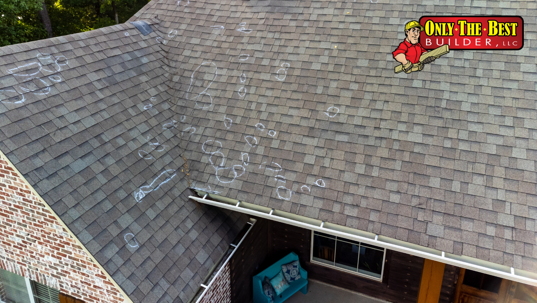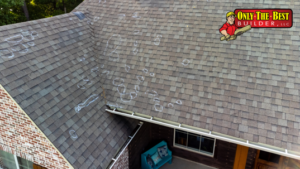 Your home’s roof is its first line of defense against the elements, and it’s crucial to ensure its integrity to protect your investment and your loved ones. Regular roof inspections play a pivotal role in maintaining the health of your roof, identifying potential issues, and extending its lifespan. In this comprehensive guide, we’ll provide you with expert tips for conducting effective roof inspections as a homeowner.
Your home’s roof is its first line of defense against the elements, and it’s crucial to ensure its integrity to protect your investment and your loved ones. Regular roof inspections play a pivotal role in maintaining the health of your roof, identifying potential issues, and extending its lifespan. In this comprehensive guide, we’ll provide you with expert tips for conducting effective roof inspections as a homeowner.
Why Roof Inspections Matter
Your roof is exposed to various weather conditions throughout the year, from scorching heat to heavy rain and snowfall. Over time, these elements can take a toll on your roof’s materials and structure. Regular inspections allow you to catch any problems early on, preventing minor issues from escalating into costly repairs or replacements. Moreover, a well-maintained roof contributes to your home’s overall energy efficiency, as it helps to regulate indoor temperatures and reduces the strain on your HVAC system.
When to Conduct Roof Inspections
It’s recommended to inspect your roof at least twice a year: once in the spring and again in the fall. These seasons are ideal because they come after the harshest weather conditions of winter and summer, allowing you to assess any potential damage or wear. Additionally, you should inspect your roof after severe weather events, such as heavy storms, hail, or strong winds, to ensure that no damage has occurred.
DIY Roof Inspection Tips
- Safety First: Before you begin, ensure you have the necessary safety equipment, such as a stable ladder and non-slip shoes. If you’re uncomfortable with heights or uncertain about your roof’s condition, it’s best to hire a professional.
- Exterior Inspection: Start by examining your roof from the ground. Look for missing or damaged shingles, uneven areas, and signs of wear and tear. Use binoculars to get a closer view if needed.
- Gutter Check: Clean gutters are essential for proper drainage. Clear out any debris and check for granules from asphalt shingles, as their presence could indicate shingle deterioration.
- Flashing and Seals: Inspect flashing around chimneys, vents, and skylights for signs of damage or rust. Check seals around these areas to ensure they are tight and secure.
- Attic Examination: Inside your home, visit the attic and look for signs of leaks, such as water stains, mold, or dampness. Check for daylight coming through the roof boards, as this could indicate gaps or holes.
- Check for Sagging: While you’re in the attic, inspect the roof’s structure for any signs of sagging, which could indicate a structural issue.
- Interior Inspection: Inspect the ceilings in your home for water stains, discoloration, or peeling paint. These signs can indicate a leaky roof.
The Importance of Professional Inspections
While DIY inspections are valuable, professional roof inspections are crucial for a comprehensive evaluation. Certified roofing experts have the experience to identify hidden issues, such as water damage, deteriorated flashing, or weakened underlayment. They can also perform a thorough assessment of your roof’s overall condition, including its lifespan and potential for future problems.
Conclusion: Contact Only The Best Builder LLC for Expert Roof Inspections
Don’t leave your roof’s health to chance. Regular roof inspections are a proactive way to ensure the longevity and structural integrity of your home. If you’re unsure about conducting your own inspection or want a professional assessment, reach out to Only The Best Builder LLC at (609) 905-5082. Our experienced team is here to provide you with expert roof inspections, ensuring your peace of mind and your home’s protection. Schedule your inspection today!
Remember, a well-maintained roof is an investment in your home’s future, offering you comfort, security, and savings in the long run.

